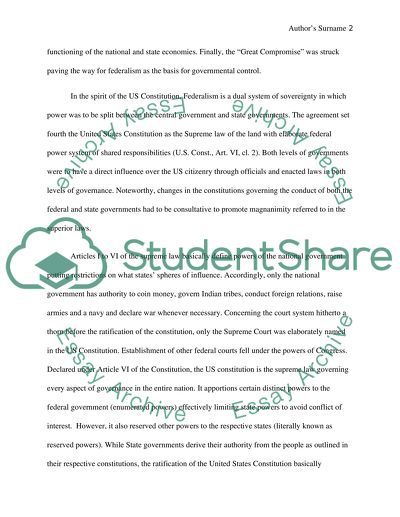Cite this document
(“Federalism and State Powers Essay Example | Topics and Well Written Essays - 1500 words”, n.d.)
Retrieved from https://studentshare.org/history/1448542-national-vs-state-power-in-the-us
Retrieved from https://studentshare.org/history/1448542-national-vs-state-power-in-the-us
(Federalism and State Powers Essay Example | Topics and Well Written Essays - 1500 Words)
https://studentshare.org/history/1448542-national-vs-state-power-in-the-us.
https://studentshare.org/history/1448542-national-vs-state-power-in-the-us.
“Federalism and State Powers Essay Example | Topics and Well Written Essays - 1500 Words”, n.d. https://studentshare.org/history/1448542-national-vs-state-power-in-the-us.


